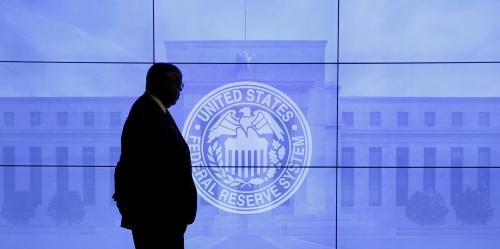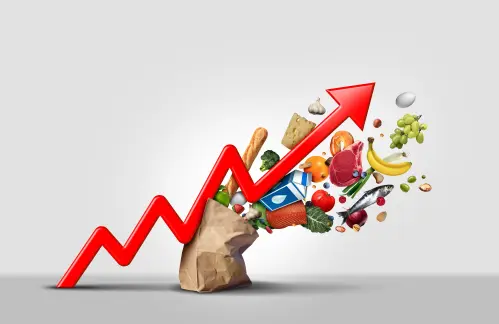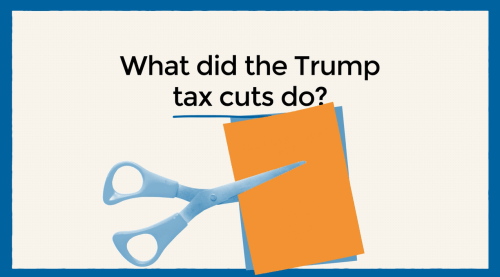This blog post summarizes the findings of the paper, “The optimal inflation target and the natural rate of interest,” written by Philippe Andrade, Jordi Galí, Hervé Le Bihan, and Julien Matheron and part of the Fall 2019 edition of the Brookings Papers on Economic Activity. Read summaries of all six papers from the journal here.
Economists have recently observed a decline in the steady-state, “natural,” interest rate. A lower steady-state inflation rate increases the likelihood of hitting the zero lower bound for interest rates. An increase of this incidence would reduce the impact of monetary policy and its goals which could lead to longer recessions and lower inflation. To reduce the likelihood of hitting the zero lower bound, policymakers could attempt to target a higher inflation rate. But what is the optimal target and how much should the inflation target be increased? As higher inflation induces greater welfare costs the answer to this question is challenging. In “The optimal inflation target and the natural rate of interest,” Philippe Andrade, Jordi Galí, Hervé Le Bihan, and Julien Matheron attempt to provide an answer.
Using simulations of a New Keynesian model estimated for a pre-crisis period of 1985 to 2008, the coauthors investigate how decreasing the natural rate of interest will affect the tradeoff between a higher steady-state inflation and hitting the zero lower bound. Their simulations included three important characteristics used simultaneously: The first is price stickiness, partially indexed to inflation. Second, they incorporate wage stickiness, partially indexed to inflation and productivity. These two constraints allow the model to account for costs that would arise with having non-zero inflation. The third constraint is a zero lower bound for the nominal interest rate. The benefit of a positive inflation target is that the lower bound is binding less often because the nominal interest rate is on average larger.
Their research suggests that based on the pre-crisis steady-state natural rate, the optimal inflation target is around 2%. A one percentage point drop of the steady-state rate from 2.5% will then double the probability of hitting the zero lower bound. The policymaker would then have to increase the inflation target by an almost identical one percent to counter this increased probability. But in a more plausible scenario where the policymaker does not know the true parameters, the optimal inflation target is 2.4%. Regardless of this higher optimal target, the policymaker would still be required to increase the inflation target by .90 percentage point to mitigate the probability of hitting the zero lower bound if the steady state rate was to decrease by one percentage point from 2.5%.

While there is a negative relationship between the steady-state real interest rate and the optimal inflation target, this varies depending on values for the steady-state interest rate. For low/moderate values of the steady-state interest rate, i.e., less than 4%, the nearly one-to-one relationship holds. But if the steady-state rate is larger than 4%, the subsequent change we would expect to see in the optimal target grows smaller and becomes insignificant.
Finally, the results also hold when the central bank is constrained by an effective lower bound that is below zero or when the bank’s outcome is an average target of inflation as opposed to an objective goal. But the relationship between the optimal inflation target and the steady-state rate becomes less significant when monetary policy rule is more persistent or when the bank is targeting the price level. The latter results in a tradeoff where the policymaker only has to increase the inflation target by a third of the corresponding one percentage point decline in the steady-state interest rate. In the current low inflation environment, understanding these relationships equips policymakers with tools to stabilize the environment.





Commentary
The close relationship between the natural rate of interest and optimal inflation target
September 5, 2019